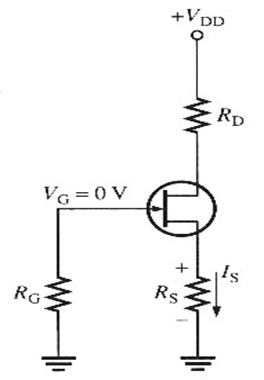
Upon testing, I found the noise was still there. On the first try, I tried to do this minimally on the pins of Q9 fearing damaging it with too much heat. I touched up the solder joints of pins of Q9 and pins of several other components near it. I tested further with cooling the heat sink with a Q-tip moistened with alcohol and confirmed that the temperature on the heat sink (= the temperature of Q9) was the cause of the noise. I noticed that if I wiggle the heat sink of Q9, the noise gets affected. I decided to go back to square one two nights ago and started looking for bad solder joints on the circuit board. I replaced on original remaining resistors of the four and changed C55 this time, but the noise remained. I resumed working on the subwoofer about two weeks ago. This was all I did before stopping on the subwoofer last year. (One of the four resistors was hard to remove, so I left the original.) While this replacement of the three resistors may have helped to reduce the the overheating problem, the original noise remained. (The original problem was making a crackling noise after warming up.)īecause the area of the circuit board where R87, R88, R89, and R90 were was getting hot and one of the resistors actually burned out, I replaced three of them with resistors of the same ohm (750 ohm) but with higher wattage (7W instead of 5W). As to R30, the output voltage is noticeably lower than the spec's value, but I can't increase it because R30 had been rotated CW (to increase) fully.īecause I got busy with other things I had to take care of, I stopped on restoring the subwoofer around March, 2017. I hadn't touched R34 until then, so a part or parts of amplification may be missing. I found the sound quality got noticeably worse. I increased the gain to make the output voltage about 33V (per spec). Per instructions in the service manual, I set the output of the receiver to 60mV and measured the output of the subwoofer's amplifier with a 17.2 ohm dummy load connected. Jonk: "Also, consider examining R34, too, which sets the gain." I made a test CD with 30 Hz. I just remembered this comment of mine that I posted on March 9:

So, the amplifier seems to be amplifying the signal enough. (The input sensitivity for max rated output is listed as 60mVrms for LINE IN.) If my reasoning is correct, the voltage required to deliver 150W into 8 ohms is 34.6V. (I can't rule out the possibility of the woofer being damaged.)Ĭan somebody tell whether the numbers above look at least reasonably OK or absolutely not?Īccording to the specs for my subwoofer, SW=12, the maximum rated output is 150W into 8 ohm. If this is the case, I don't know why I feel the sound lacks energy today. When this subwoofer was working fine, LEVEL 7 (1 o'colock) was about the highest I used. I don't like abrupt changes I see around LEVEL 6~7, but that how the circuit for this amplifier may have been designed. The load attached is a space heater with 17.2 ohms (not exactly 16 ohms as required for the alignment procedure described in Service Manual), but good enough for taking these readings, isn't it?Īdjusting R84 doesn't seem to affect these numbers significantly, by the way.Īfter looking at the numbers (V, A, and V*A of the speaker output) and the accompanying charts above last night, I started thinking maybe the amplifier is OK. I thought some of you might find this configuration interesting.Ģ pictures showing speaker output V, A, and V*A added (3/11/17) Per Tonny Elliot's guidance, I had checked/adjusted R50 to make the DC offset at the speaker output 0V +/- 10mV or so (within spec) before starting the thread here. Voltage across two zener diodes, D5 & D6: +33.6V and -33.6V, respectively

Per jonk's guidance, I have checked the following: How about signal going into the amp's LINE in? Is no signal fine?Īs far as I can tell, it doesn't mention anything about setting the bias for the power amp section of the amplifier. I have numbered various points in the schematic of the power amp section:ĭo the LEVEL, PHASE, and LOW PASS settings matter when I do this? What mode do I set my multimeter to and measure where?

How do I do that? Can somebody guide me through this? Since I have changed R88, R89, and R90 (with the resistors of the same resistance rating but with 7W power rating), I think I'd better check if the bias for the power amp section is correct, at the least. (I get musically coherent sound out of the attached woofer, but the volume seems to be lower than before I started fooling around with the amp.). I started suspecting its power amp section may not be working properly.

I've been working on the internal amplifier of SW-12 active subwoofer.


 0 kommentar(er)
0 kommentar(er)
